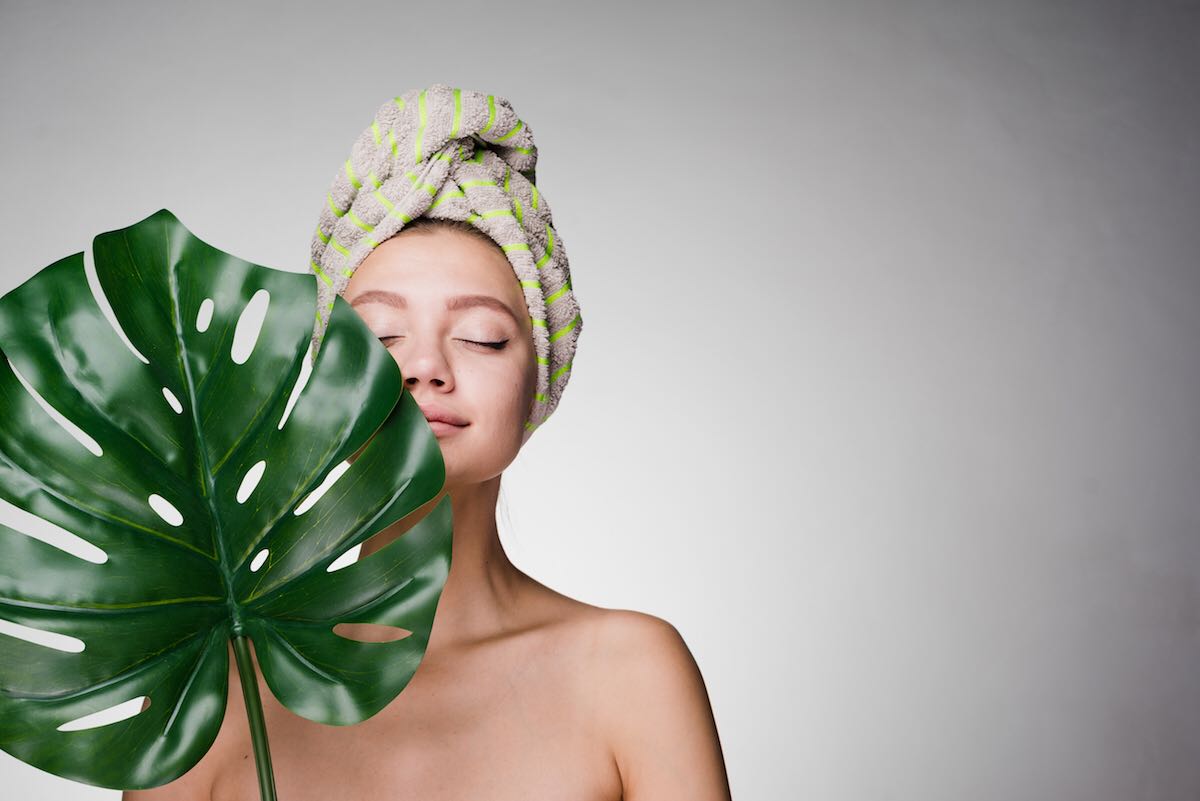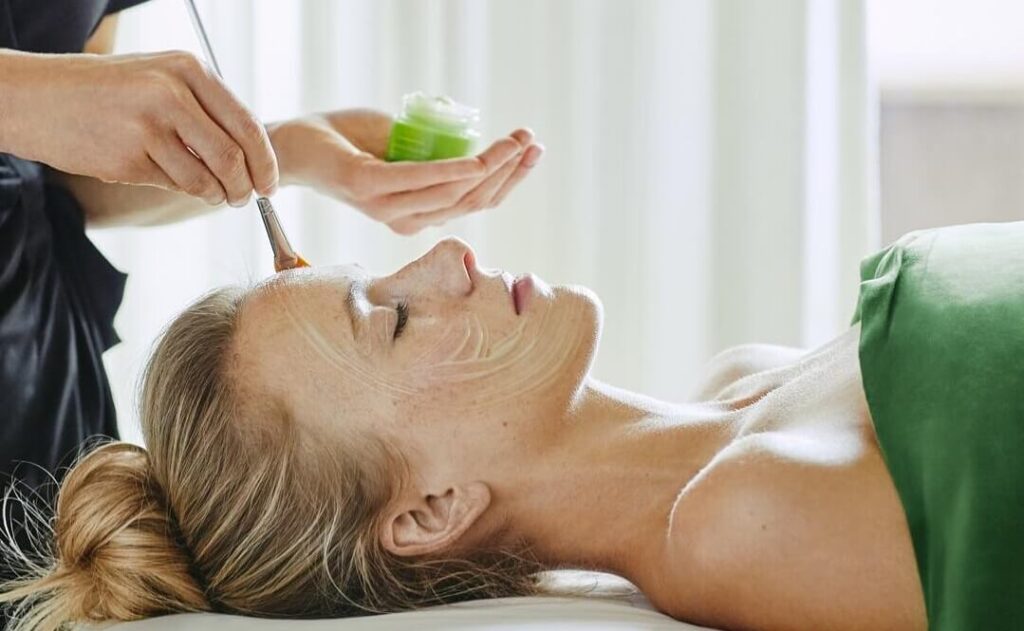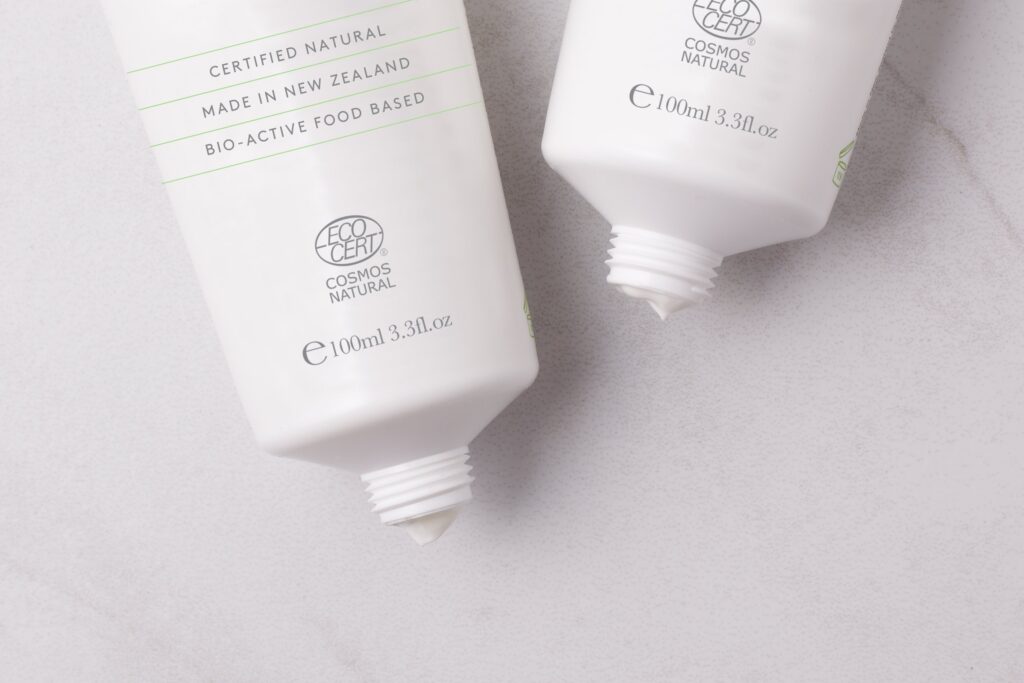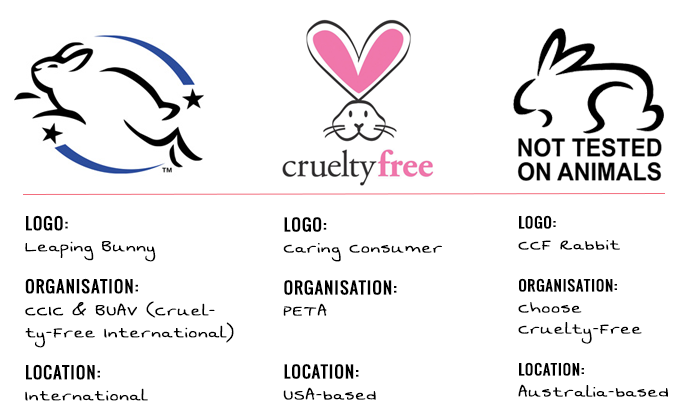“Organic”, “natural”, “green beauty”, “eco” … how to choose a conscious green beauty
Green beauty is now an active and stable presence in the market and it is very difficult to choose what to do. “Organic”, “natural”, “green beauty”, “eco” … The idea is to clarify in order to avoid choosing a product that is “green” only by name and get a conscious green beauty.
Guide to a conscious green beauty
The steps to take to navigate this rich world are few and simple in order to stay focused on what conscious beauty is.
There are 5 fundamental points to consider;
- The Brand; it is necessary to know the philosophy, where they produce the products, and the actions taken to protect nature and animals. Brands must always declare (with wording) that they are cruelty-free.
- Certifications; there are several such as Soil Association (England), Ecocert (France), USDA (USA), ICEA (Italy), Bioforum (Belgium), Bdih (Germany). They aim to protect natural and organic cosmetics in the market.
- Packaging; do they use recyclable paper or environmentally friendly materials? What is the plastic amount in the packaging?
- The INCI (International Nomenclature of Cosmetic Ingredients); the tool to understand exactly what ingredients are used, what is toxic, and what is clean for real.
- Organic Ingredients; are those grown without chemical herbicides, always certified or reported.
Conscious Green Beauty; not all the brands are vegan
To be absolutely sure you are buying green and vegan products, researching the related symbol is essential. Alternatively, you can read the brand description against the ingredients. In fact, it is not easy to evaluate a cosmetic even with INCI present on the back of the packaging.
As a solution you can consult websites to recognize the product as biodizionario.it, a project of VEGANOK S.r.l. or Skin Deep of Environmental Working Group. Here you can find databases of cosmetics and controlled ingredients and you can search for an ingredient to know its degree of risk.
Certifications
Besides the list of ingredients on many packages, it is also possible to find symbols, more or less known. Every symbol, in addition to its meaning, represents a certifying organization. The most important ones in the sector evaluate the production processes used to make products. The attention to this aspect is due to the fact that there is no universal standard, at least for the moment, on what is natural cosmetics. In a previous article (link), you can read about the standard that is coming into effect, called ISO 16128. The bodies are private organizations that impose quality standards to be followed.
Organizations in the world for conscious green beauty
For conscious green beauty, these entities have been structured:
- SOIL ASSOCIATION: English, designed for rigorous certification. Examines from ingredient sourcing to packaging evaluation. It asks about sustainable production. The brand is checked annually.
- ECOCERT: French, has 25 years of experience. The first organization to develop a standard for both natural and organic cosmetics. Its purpose is to monitor the conformity of raw materials and approve formulas. It works to verify that ingredients from renewable resources are used and verifies how biodegradable or recyclable the packaging is.
- ICEA: Italian, is responsible for certifying Eco Bio products and natural cosmetics according to criteria of environmental sustainability. It is the organization that mandatorily tests the finished product and verifies the claims used by the company.
- USDA ORGANIC: American, certifies organic at multiple levels (“100% Organic”, “Organic”, “Made with Organic ingredients”).
The Standard COSMOS applied in Europe for a conscious green beauty
European associations, due to the increasing growth of certifications and controls have created Cosmos (Cosmetic organic standard). This is the new single European standard dated 2017 for all certifications of organic and natural cosmetic products. The association provides the possibility to access two different levels of certification; for natural and organic products. The guarantees to keep in mind in this context are different, such as the absence of parabens or GMO ingredients.
It is clear that certifications are meant to make life easier when it comes to researching a natural product. Therefore, they are a great added value when found on a cosmetic product. However, it is important to underline that a product is not necessarily natural if it is not certified. Brands are free to make a choice in this sense and evaluate whether to certify products to obtain greater protection and guarantees.
The packaging trend of conscious green beauty
In recent years, when we talk about packaging, we instinctively think about ecology and personalization, particularly in the cosmetics sector. In addition to the product itself, attention is also directed to the materials with which it is packaged, boxed, and shipped. Brands need to pay attention to sustainability in this area and to green sources. According to Nielsen, 57% of consumers want products with natural and organic ingredients, while 41% pay attention to the eco-sustainability of the packaging. The same source claims that 66% would pay more for an item with eco-friendly and recyclable packaging.
Some of the perfect materials to evoke a thought related to sustainability are glass and wood. The first is solid and enhances the qualities of the product with its brightness, remaining the sustainable material for excellence. The latter, on the other hand, has a reduced impact compared to many other materials on the environment. Moreover, it is elephant and beautiful.
Personalization as identity
Creating packaging inherently speaks to the company’s values and beliefs about sustainability. By using colors, shapes, lettering, and specific eco-sustainable material, customized for the product, the packaging is cared for by adding value to the product. In the cosmetics industry, customized packaging is not only considered the wrapping of the natural product but also becomes a subsequent furnishing accessory.
In this context, we talk about Zero Waste, with the desire to reduce to zero the formation of waste or at least to greatly reduce its production.
What’s new for packaging in 2021 for a conscious green beauty
With the European directive (2019/904), single-use plastic will be removed from the market because it is responsible for sea pollution. Another extremely positive act is the commissioning of Ocean Cleanup with the goal of reducing the size of the Pacific Trash Vortex, the largest plastic island in the world.
New packaging material will be available in 2021, created from wood waste and natural elements, 100% biodegradable, and plastic-free. Its ability to decompose allows it to be exhausted in 3 weeks in compost or 1 year in the sea. Its name? Sulpac.
The last innovative step to eliminating unnecessary packaging will be to transform liquid products into solids or to create “on tap” products, with refills in the same container.
The nomenclatures of a conscious green beauty
In Italy there are different nomenclatures and symbols, managed and insured by the entities; let’s get to know them.
- Natural; the formulation must be of natural origin but not necessarily 98% organic as a minimum. It follows that residual petrochemistry cannot exceed 2%. The process must take into account natural functions while regulating waste and energy.
- Eco Bio Cosmetics; the raw materials come from organic farming and there are no non-vegetable materials. There is a low environmental impact for packaging with recyclable materials. In Europe, at least 95% of the processed ingredients are required to be organic, through a 98% natural origin formulation.
- DERMATOLOGICALLY/CLINICALLY TESTED; does not mean green, for sensitive skin, or environmentally and animal-friendly. The product has only been tested on volunteers to analyze the effects on the skin.
- GLUTEN FREE; the product does not contain wheat derivatives or hydrolysates of its proteins. It also ensures that there has been no contamination during production. However, knowing that gluten does not pass through the skin, the Italian Celiac Association (AIC) has expressed a negative opinion on the use of its “crossed-out ear” on cosmetics. If it is there, better to know who certified it.
Symbols
Watch carefully the bunny of LAV (Lega Anti Vivisezione) on the packaging, which prohibits the sale from 2004 of products tested on animals. At the moment the League offers this symbol only to companies that have passed tests carried out by ICEA. The product with this symbol is therefore cruelty-free and complies with the law of March 11, 2013. This prevents animal testing and the import of raw materials tested in Extra-EU countries.
Other bunnies but very different from the ones just seen are those of PETA; the first one is called “Cruelty-Free” and concerns animal experimentation. The other is “Cruelty-free and vegan” and hence provides for the absence of tests and ensures that there are no ingredients of animal origin.
Watch the ingredients
There are multiple ingredients to avoid, and it seems that science and consumers don’t really agree on guidelines.
Raffaella Gregoris, the founder of Bakel, points out that “The problem is the lack of a single industry standard, not on a global level but even just on a national one. In America, there are no institutionalized differences between natural, organic, green, or bioproducts by the Food and Drug Administration. In Europe, the situation is similar, where companies resort to self-certification, private certification organizations, and labels that are still legally quite free”. Total chaos is the result.
The situation itself is also complicated because deciphering long INCIs is really dfficult.
The only choice is to rely on a few simple certainties: symbols and labels.








